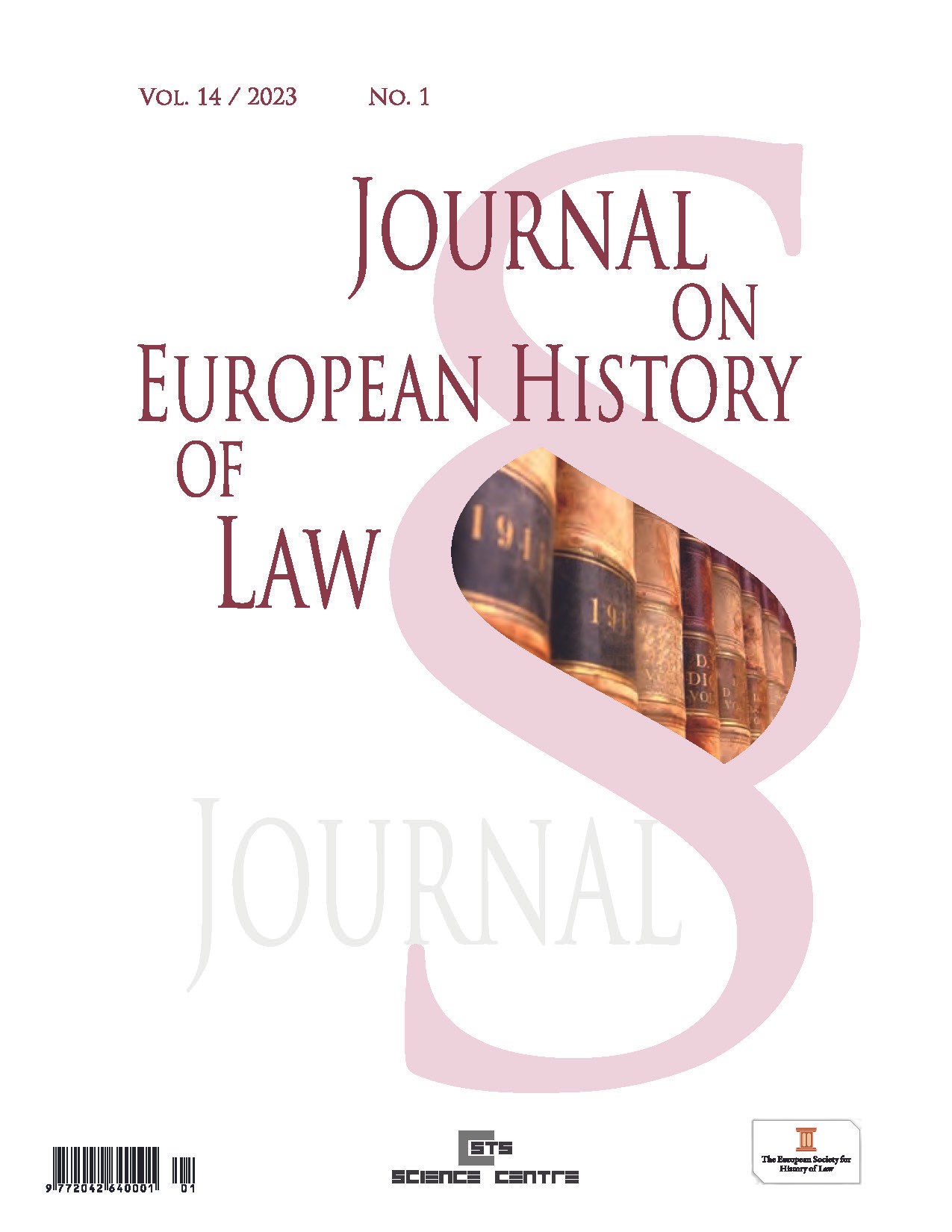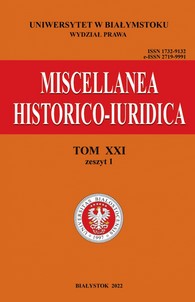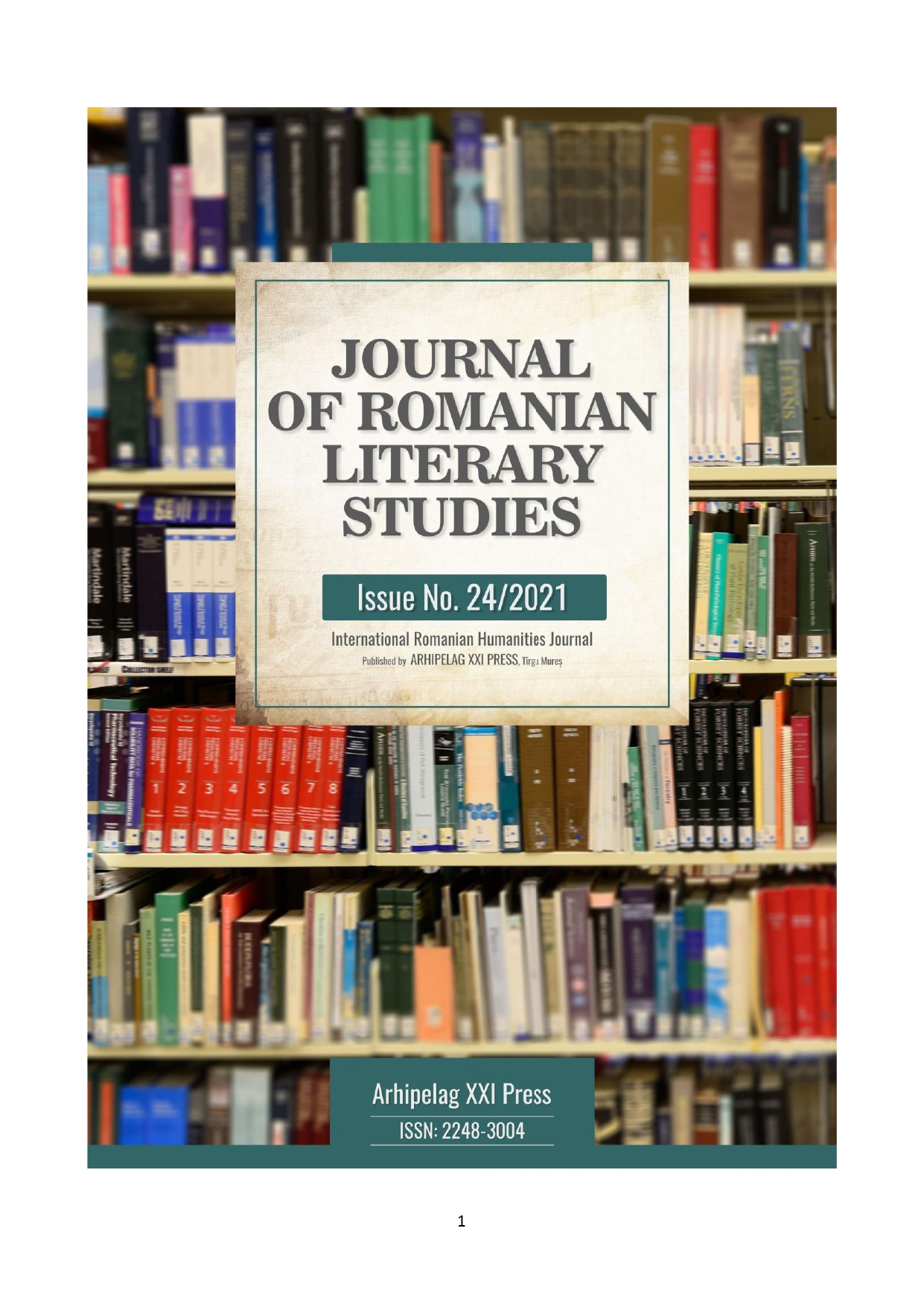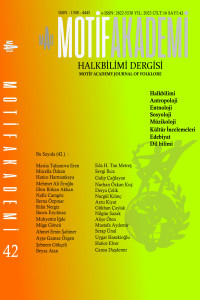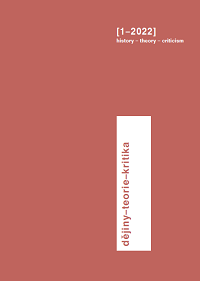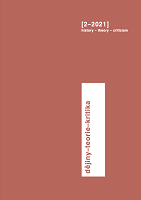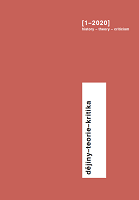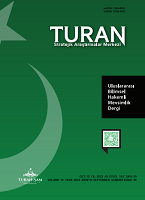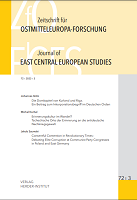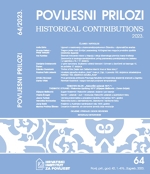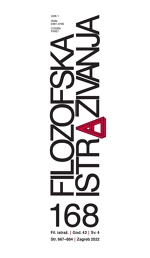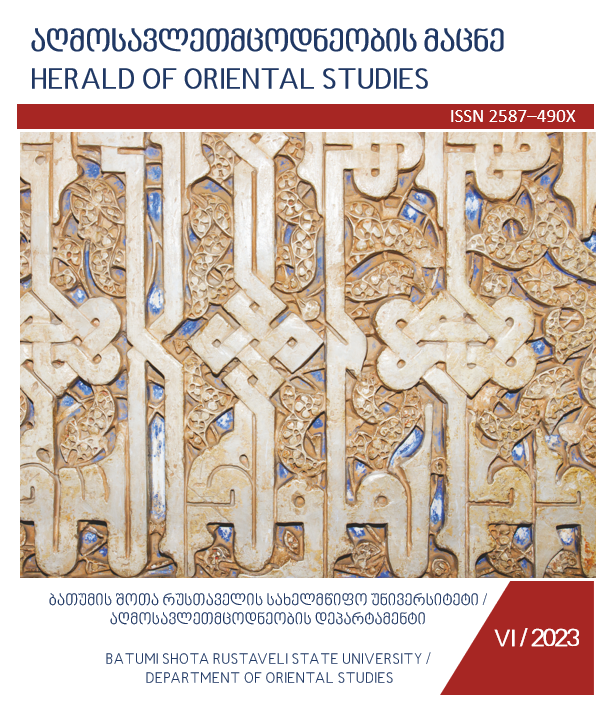
სასანიანები სამხრეთ-დასავლეთ საქართველოში: პეტრას გარნიზონის აღჭურვილობა და მომარაგება
The article examines the issues related to the presence of the Sasanian garrison in one of the main fortresses of the Late Antiquity and Early Middle Ages of the Kingdom of Lazica. As has been established, Petra has played an important role in the military conflict between the Byzantine Empire and Sasanian Iran in the 6th century. The analysis of the archaeological materials found in Tsikhisdziri in recent years, combined with the written sources, confirms the Sasanian forces had indeed occupied the fortress fortified by the Byzantines during the Great Lazica War, which is one of the crucial issues for the final identification of Petra with Tsikhisdziri. This article provides an overview of the main issues of the military and political interests of Sasanian Iran in the kingdom of Lazica, the weapons and equipment of the military garrison of Petra, the nature of the distribution of Sasanian coins in southwestern Georgia and its attributes. It has been established that during the Great War, the 10-year presence of the Iranians in the Petra fortress was related to the global war circumstances, and it served a military task – to control the Lazica-Byzantium military road. There is no evidence to support any political, economic, or cultural motives behind the Sassanids' fortification in Petra. It has been established that the circulation of Sasanian coins in the region was mainly related to the payment of the wages to the garrison and was seldom used for the trade with the local population.
More...
